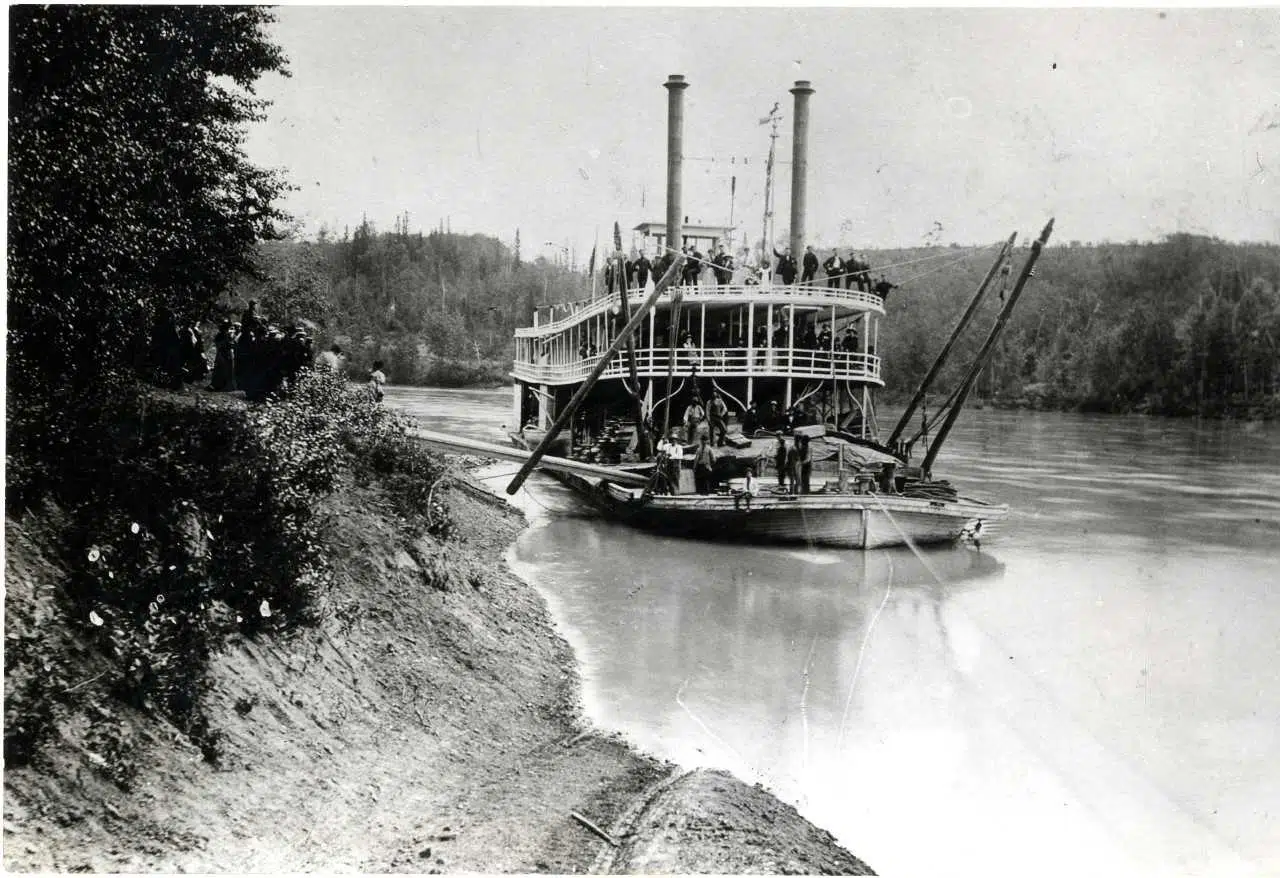
Researchers work to retrieve Poundmaker weapons from North Sask. River
Researchers in Saskatchewan may soon begin the hunt for weapons that have been lost to the world for more than 130 years.
On May. 2, 1885 Chief Poundmaker’s warriors fought, and eventually forced Col. Otter’s forces to retreat during the Battle of Cut Knife. Poundmaker went on to lead a delegation to Fort Battleford in hopes of reaching a peace agreement with Gen. Middleton.
All of those who attended the delegation were subsequently arrested and the weapons they brought with them were then confiscated.
Now researchers and members of the Poundmaker Cree Nation are hoping they may be able to recover the weapons from their watery tomb.


